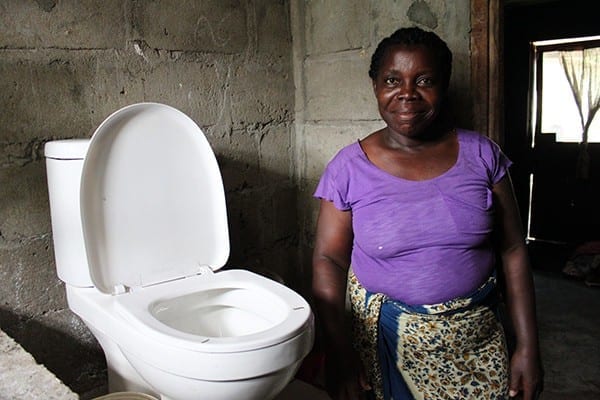Tens of thousands of people across Zimbabwe, Malawi and Mozambique are still suffering 12 months after Cyclone Idai battered Southern Africa, warned Oxfam today. Cyclone Idai, one of the worst cyclones to hit Africa, made landfall on 14th March 2019.
A new Oxfam briefing, ‘After the Storm,’ highlights that over 100,000 people in Mozambique and Zimbabwe are still living in destroyed or damaged homes and makeshift shelters, while critical infrastructure including roads, water supplies, and schools have yet to be repaired making it difficult for people to access vital services or get back to work. It also shows that 9.7 million people across the three countries remain in desperate need of food aid as a result of cyclones, floods, drought and localised conflict.
![]() Click here to read After the storm – barriers to recovery one year on from Cyclone Idai
Click here to read After the storm – barriers to recovery one year on from Cyclone Idai




